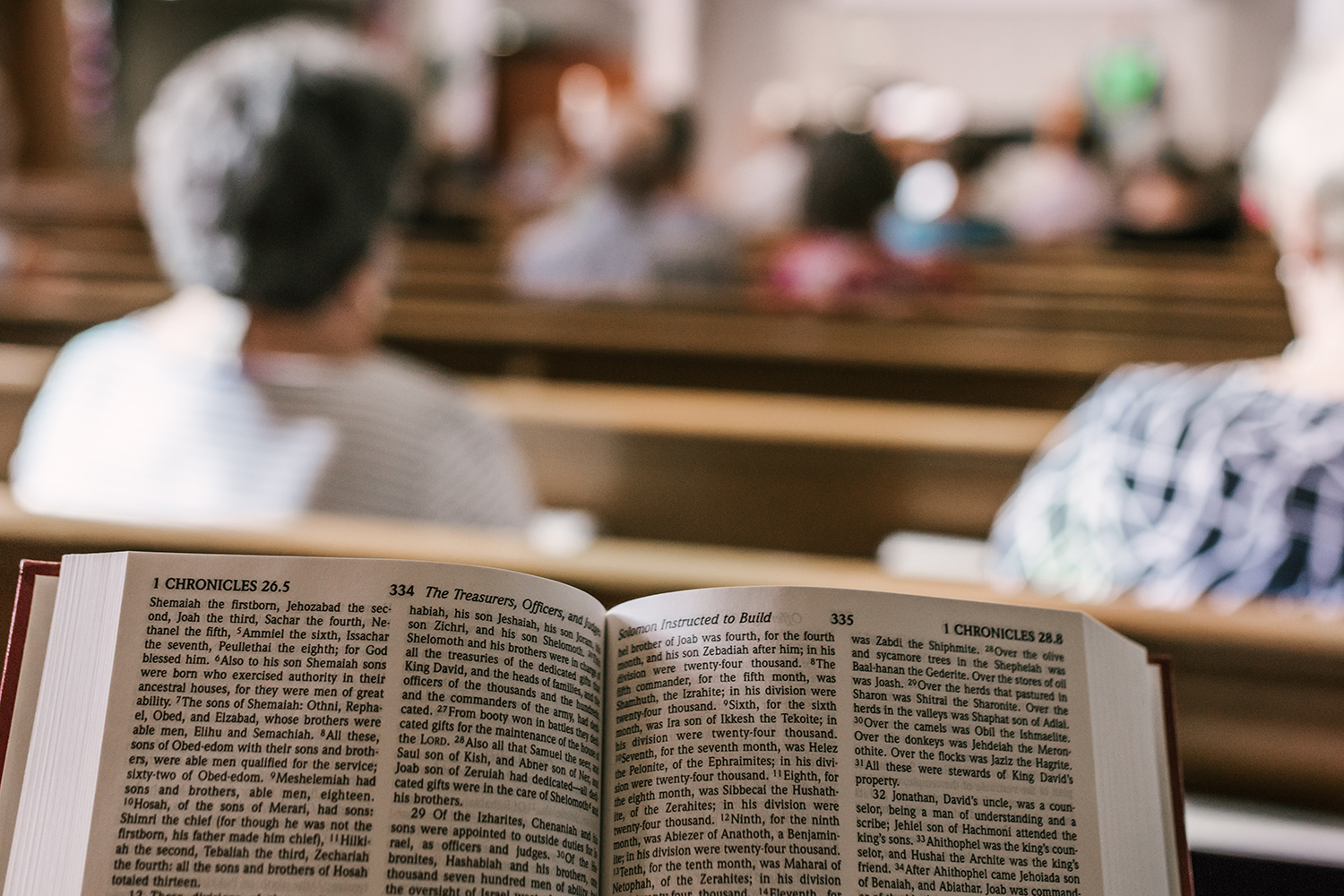As many of you know, I didn’t grow up in the church. When I began attending as a college student, the church I went to didn’t observe the seasons of Advent or Lent. It wasn’t until my time at Princeton Seminary that I learned about these traditions and the church calendar as a whole. Interestingly, many churches across various denominations are now returning to practices like observing Advent and Lent. These seasons provide a meaningful rhythm to the year, inviting us to reflect on different aspects of Jesus’ love and how it shapes our daily lives. During Advent, in particular, we focus on what it means to have hope as we wait.
The early Church began observing Advent in the 4th century. Advent comes from the Latin word “Adventus.” I’m going to get nerdy on you here for a moment so please bear with me. What’s cool about Latin is that each word can have several related meanings. In addition to “coming,” Adventus can also mean arrival, presence, epiphany, invasion, set in, ripening, just to name a few. Traditionally, churches that observe Advent recognize a theme for each week of Advent: Hope, Peace, Joy and Love. I do think these words generally cover the many possible meanings of Advent.
This year we are putting a twist on the themes of Advent. While Pastor Troy and I will certainly preach about peace, hope, love and joy, we decided to go with the themes “Waiting, Accepting, Journeying and Birthing.” These themes come from the Carmelite tradition. The Carmelites were a spiritual group that formed in the Holy Lands near Mt. Carmel in the 13th century. After participating in the Crusades, the Carmelites were horrified by the atrocities of war and were challenged to reconsider their discriminatory views of the Muslim people. This inspired them to dig deeper into the Bible, (something they had not done much of before) and take the time to hear God as they dove into scripture and engaged in spiritual practices such as silence and prayer.
What struck me about the Carmelite’s history is that they allowed themselves to consider their preconceived notions about God and others. This meant allowing God to reveal God’s own self to them on God’s own terms. This requires intentionality. The intentionality of prayer, reading scripture and listening. Listening to God requires some waiting.
We are not good at waiting in our instantaneous world of Amazon Prime 2-day shipping and a world of information available with a simple Google search. Waiting implies that we can’t do anything until we’ve received whatever it is we’re waiting for. We sit in a waiting room until the doctor can see us. We wait in line until it’s our turn to check out. Most of us understand waiting with the act of being still.
Psalm 25 gives us a different perspective on waiting. The Hebrew word for “hope,” which bookends the beginning and end of Psalm 25, is also the Hebrew word for “wait.” This implies that waiting doesn’t mean you’re at a standstill, but that you’re constantly looking toward what you’re hoping for. In this case, the Psalmist is actively waiting for the goodness and mercy of God. In that waiting the Psalmist is reminded that wherever God guides us, God is loving and faithful. Hopeful waiting doesn’t mean one is at a standstill.
The idea that waiting is an action made me think of the training that I am doing with our Deacons. Our Deacons are called to be helpers and comforters to those in need, primarily our older members who are homebound for a myriad of reasons. This fall we’ve been engaging in a training called “Spiritual First Aid.” It’s a program that gives practical tools in walking with those who are struggling. Our final session was just this week and it was titled “Spiritual Self Aid.” Up until that point the training was all about how to be there for others, but this session was about how to be there for yourself. It touched on the fact that we can’t give what we don’t have. Burnout doesn’t happen overnight, but over a long period of time. So what can we do to make sure that doesn’t happen?
This session covered something called Spiritual Fortitude. The idea that one can still grow in faith in the midst of adversity. It’s a bit different from resilience in that resilience is the ability to bounce back quickly from adversity. In adversity, we wait for things to get better. But when the wait is long it takes even longer to bounce back. Spiritual Fortitude is about holding onto God even when it’s harder to bounce back. It’s more about endurance in the waiting. Our training compared spiritual fortitude to a deflating beach ball that doesn’t bounce very well when it’s volleyed from person to person, but it’s still up in the air and hasn’t hit the ground. It does need some assistance though.
Spiritual Fortitude isn’t something we draw from ourselves, but it’s about drawing near to the one who keeps us from hitting the ground. In our waiting to for things to get better it’s Jesus who keeps us going.
During Advent, we are waiting to celebrate the day God came to us as one of us. We are also waiting for other things too. We’re waiting for a much needed vacation. We’re waiting for loved ones to come home for Christmas. We’re waiting for a promotion. We’re waiting for the headlines to not be so bleak. We’re always waiting for something. But in that waiting are we also hoping? This Advent season as we are waiting, I hope we are actively holding onto the words of Psalm 25:
“Lead me in your truth-teach it to me-because you are the God who saves me. I put my hope in you all day long.”

